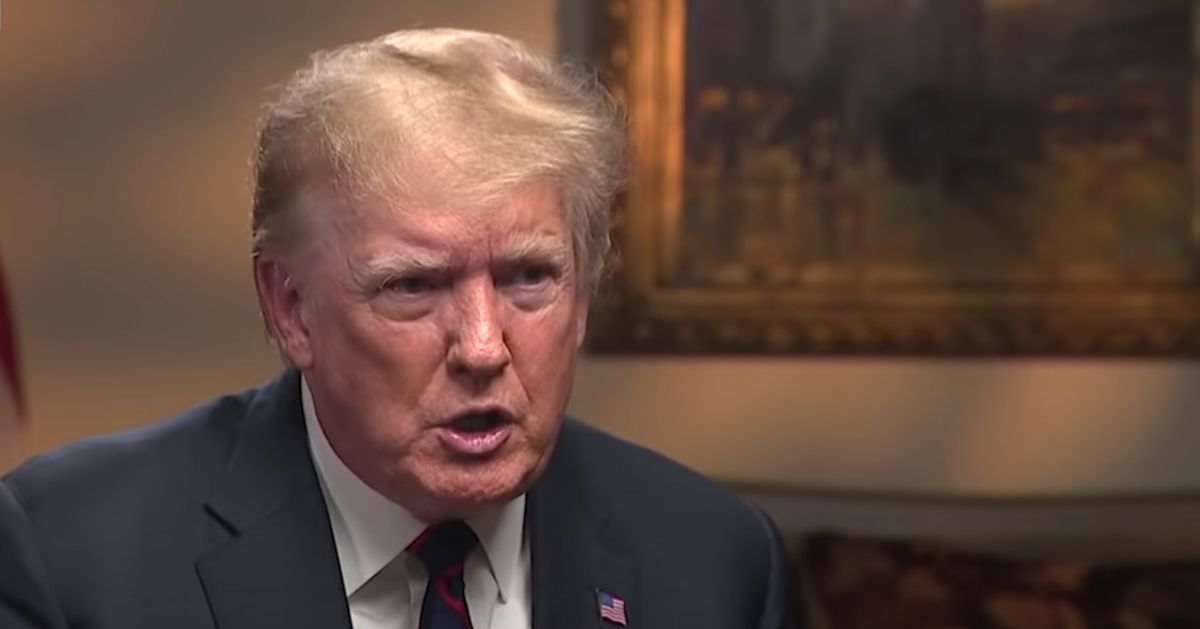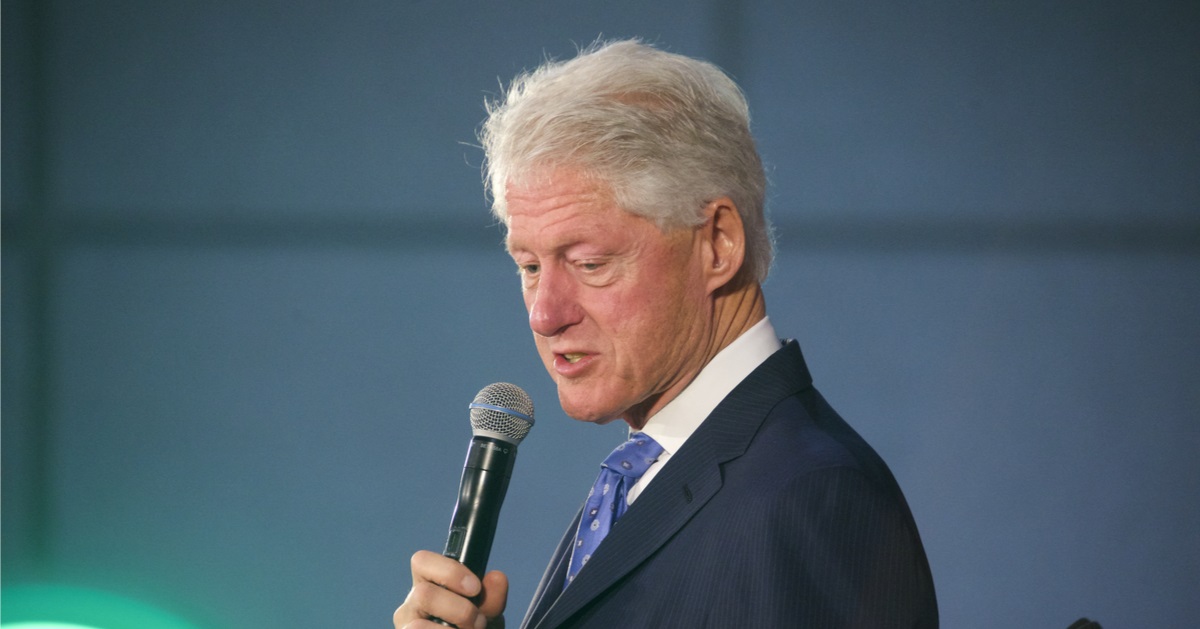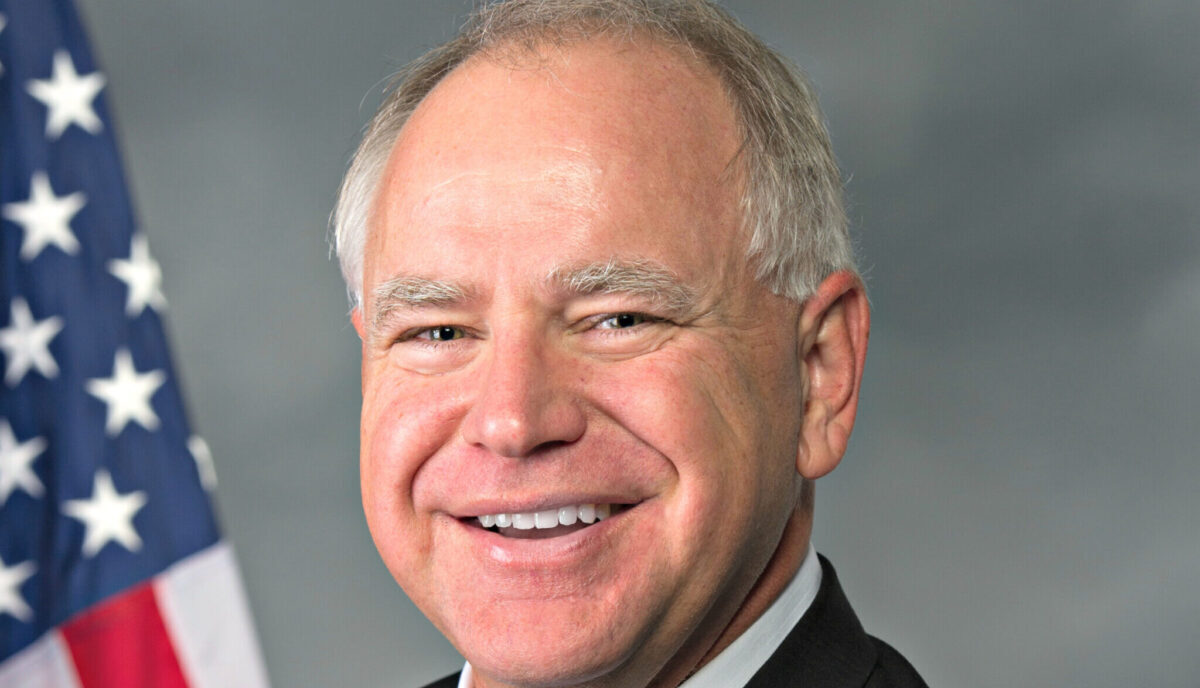DANIEL VAUGHAN: Trump's Tariffs Aren't Showing Up In Economic Data... Yet
For all the talk of tariffs impacting the economy, we're not seeing it in the data yet. We will no doubt see it soon, but for the moment, the inflation data is reflecting one thing loud and clear: an energy-friendly policy driving down oil and gas prices is easing pressures on Americans.
The latest inflation report shows cooling numbers, with month-over-month inflation declining for the first time in five years. Another way to read this is that month-over-month inflation has been declining for the first time since 2020.
The numbers were not expected. "The consumer-price index fell a seasonally adjusted 0.1% in March, the Labor Department said Thursday, the first time it recorded a month-over-month decline since May 2020. The drop was unexpected: Economists surveyed by The Wall Street Journal had forecast a 0.1% rise."
Decreases in oil and gas prices were the main culprits in this report. The Bureau of Labor Statistics said, "The index for energy fell 2.4 percent in March, as a 6.3-percent decline in the index for gasoline more than offset increases in the indexes for electricity and natural gas." Compared to last year, "The gasoline index fell 9.8 percent over this 12-month span and the fuel oil index fell 7.6 percent over that period."
There are obvious caveats to this good news. Americans are still stuck with higher food prices, and eggs are difficult for most. Eggs had seen a brief moment of price declines before spiking in the past month.
When you look over the entire report, there's good and bad, but the main headline tells you the story: we're seeing cooling inflation rates. The all-items index of inflation was only up 2.4% over the last year, which is approaching the Federal Reserve's long-term target of 2%.
Removing food and energy gets you a higher 2.8% inflation rate, showing that there's still room to improve inflation. But things are trending in the right direction underneath the economic engine hood after some bumps in the road.
Every major outlet reports on these with the caveat that tariffs have to be factored into these reports. And that's true. At some point, we're going to see a price increase related to the tariffs. But it's an open question of what that looks like when it hits. No one knows.
In the March Federal Reserve Board's meeting minutes, the staff economic outlook observed: "The risks around the baseline projection for inflation were still seen as skewed to the upside because core inflation had not come down as much as expected last year and because changes to trade policy could put more upward pressure on inflation than the staff had assumed."
Everyone is expecting higher inflation at some point, but the degree and impact are unknown. Projections are all over the place, primarily because Trump's tariff policy is shifting what feels like every other hour. We're in a 90-day tariff pause right now. If that turns into trade deals, the inflation outlook will dramatically change.
Of course, the tariffs against China weigh the heaviest. They will hit like a nuclear bomb—there's no way around that. But if we were to switch to a Democratic Administration tomorrow, they'd be unlikely to get rid of the Chinese tariffs. Everyone views those the same way: the United States finally has leverage over the Chinese Communist Party.
What we do with that is up in the air. But that's true of a lot right now. In the meantime, the U.S. economy is rocking along. The most recent jobs report showed 228,000 jobs added to the economy. And weekly jobless claims rose only slightly by 4,000, well within the range of expected numbers. The job market is steady and stable.
The obvious flashing warning sign is the bond market. That suggests higher interest rates to come, which will further restrict consumer spending and the impact of tariffs. However, that possibility also exists in an economy where traders expect the Federal Reserve to cut interest rates.
Consider current economy data the calm before the storm. We know tariffs will impact the economy. That's an inescapable fact. There are anecdotal reports of various businesses shifting to deal with the tariff impact.
But for now, we don't have the hard data—beyond the roller coaster ride of equity markets—that the economy is breaking down. Inflation is in check, unemployment is stable, and jobless claims are within projections. If things were melting down, we'd see something in the jobs market by now. For now, everything is fine.
The U.S. economy surprised economists and prognosticators during the peak of the inflation fight, even as Joe Biden poured gasoline on that inflation fire. We'll see how it fares as we enter direct economic war with China.
Most of our data is backward-looking, so it's hard to project forward when current events are moving at light speed. But that aspect is also a dual-edged sword: because things are moving so fast, impacts are not settling into the data. Yet.
We'll get another look next month.






